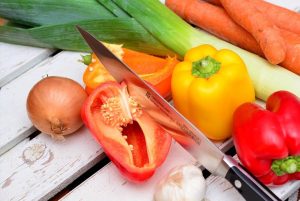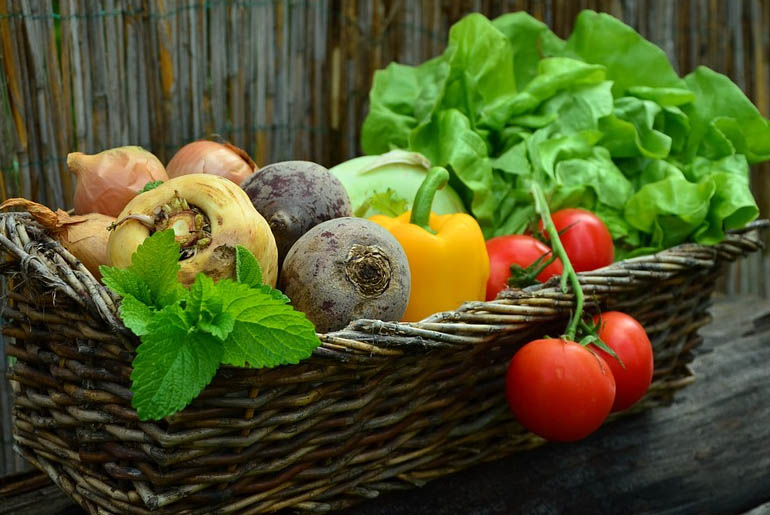- Retain Minerals
- Retain Enzymes
- Retain Vitamins
- Retain Fiber
Research shows that some vegetables are healthier raw than cooked.
For example, a study published in the Journal of Agricultural and Food Chemistry as far back as 2007 showed that heat damages the enzyme myrosinase in broccoli.
We need myrosinase because it breaks down glucosinates (glucose and amino acid compounds) into sulforaphane, which has been found to kill precancerous cells. It also breaks down the bacterium which causes ulcers and thus decreases your risk of stomach cancer.
Adding more fruits and vegetables to your diet is an essential step to wellness, but it is enhanced if you make room on your plate for lots of raw ones.

As a general rule, besides the anti-cancer causing properties of raw fruits and vegetables, they contain more minerals and other enzymes than their cooked counterparts. They also contain more vitamins and have more fiber than those which are cooked. The fiber aids your digestive system and lowers your cardiovascular disease risk.
Raw fruits and vegetables also contain phytonutrients that help your body fight disease and protect the health of your cells.
Foods that are particularly healthful, besides fresh fruits and vegetables, are raw fruit juices, raw nuts, dried and sun-dried fruits and grains. Raw nuts have been linked to lower cholesterol levels.
In the big picture looking at our overall planet, eating raw is important as well because it involves little or no packaging which is a major source of pollution today.
Begin your commitment to eating raw the day you purchase your groceries. Select sufficient raw fruit and vegetables to last for a few days and spend time putting them away.
Instead of boiling the life out of vegetables, lightly steaming is a better way to cook, making food edible while preserving the nutrients.
The more vegetables you can eat raw, the better.
That is because vitamins, of all the food groups, are especially sensitive to over-cooking. Even normal, low-cooking of vitamins can deplete Vitamin C and B-complex vitamins because they are water soluble. All of their benefits will be lost as they leach into the cooking water.
In general with vegetables, the longer you cook them, the fewer nutrients they will have. You may buy your carrots farm-fresh, for example, and then overcook them and throw all their good nutrition down the drain.
Try to introduce new vegetables and fruits into your diet for variety. To keep costs reasonable, pick up whatever is in season and enjoy the fruit or vegetable in its natural state. Get your children used to a seasonal snack of fresh blueberries, apples in season, and even kiwi, star fruit and fresh cherries when they are affordable.





